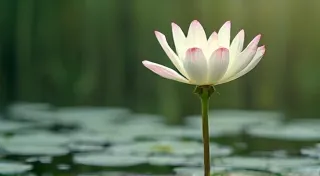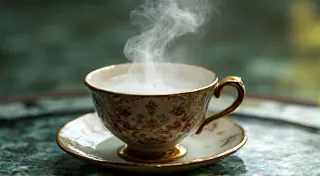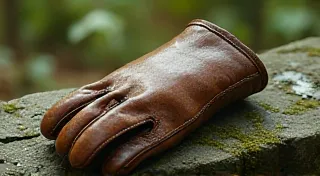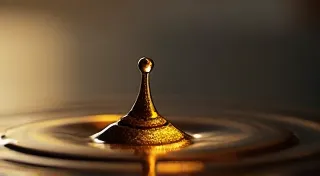The Luthier’s Kinship: Parallelism Between Accordion and Stringed Instrument Restoration
There's a certain melancholy that clings to antique accordions. It’s not sadness exactly, but a quiet reverence for a life lived, a history breathed into bellows and keys. Each instrument carries a sonic fingerprint, a whisper of the music it has played, the hands that have caressed it, the stories it has witnessed. As someone who has spent years meticulously restoring both stringed instruments and these magnificent bellows-driven machines, I’ve been struck by a profound kinship between the crafts. The principles, the problem-solving, and the emotional connection—they're remarkably similar.
My journey began with guitars. The precision required to repair a cracked soundboard, to re-glue a loose brace, to voice a new bridge – it demanded a deep understanding of wood, of acoustic principles, and of the delicate balance between aesthetics and functionality. Then, a friend brought me an abandoned Hohner Excelsior, its leather dry and cracked, its keys stuck, its once-lustrous finish dulled by decades of neglect. I was hesitant. Accordions seemed… daunting. But the lure of bringing it back to life, of uncovering the music trapped within, proved irresistible.
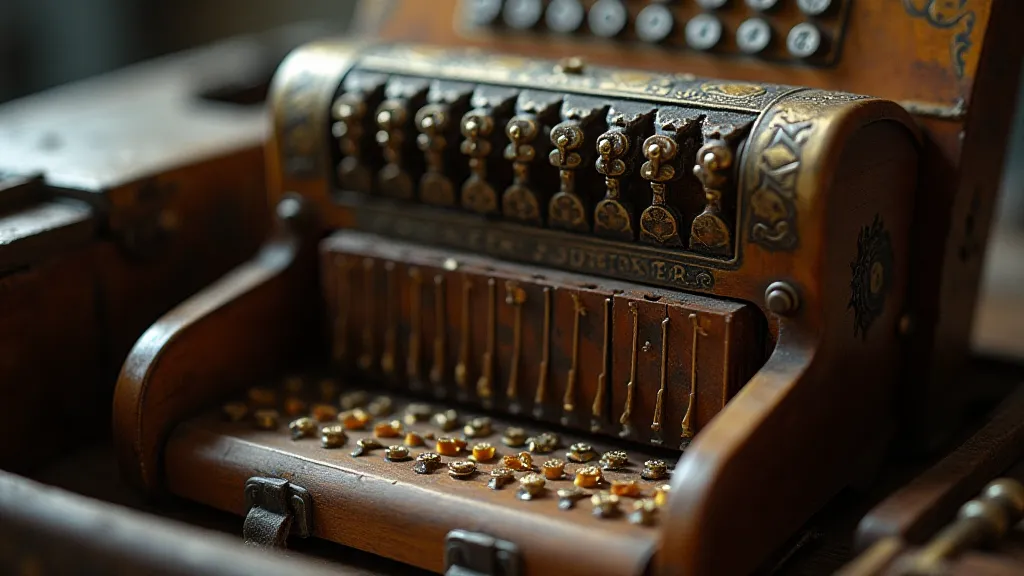
The Common Language of Wood and Glue
The immediate realization was that the fundamental skills learned with guitars translated beautifully. The careful assessment of wood grain, the understanding of how temperature and humidity affect stability – these are universal concerns for any instrument maker. The process of rehydrating dry wood, a crucial step in restoring both guitars and accordions, is virtually identical. Both require patience, a keen eye for detail, and a willingness to work slowly and methodically. Even the challenges of dealing with hide glue, the traditional adhesive for many antique instruments, are shared. The subtle art of warming the glue, ensuring proper penetration, and clamping the pieces securely – it’s a dance of skill and intuition that applies equally to the bracing of a guitar and the reattachment of a bellows tongue.
One particularly poignant lesson came from restoring a 1920s Gibson mandolin. The neck had shifted, requiring a careful resetting. The meticulous process of scoring the old glue lines, gently separating the neck from the body, and re-gluing with painstaking accuracy – it laid the groundwork for tackling similar issues in accordions. Many antique accordions suffer from shifted bass or treble sections, requiring similar techniques of gentle separation and precise realignment. The understanding of how the instrument's structure interacts as a whole, and how even a small adjustment in one area can impact the entire system, proved invaluable. The fragility and importance of preserving the original materials and techniques underscores the need to consider the impact of our actions, a practice that’s critical for maintaining the historical significance of each piece - principles that resonate with the larger conversation around the legacy of instrument makers, a topic explored further in "The Collector's Vigil: Preserving the Legacy of Forgotten Accordion Makers".
Beyond Mechanics: A Deeper Resonance
However, the kinship isn't solely about technical skills. It’s about something deeper – a respect for the craftsmanship, an appreciation for the history embodied within the instrument. Building a vintage guitar requires tracing the lineage of luthiers, understanding the evolution of construction techniques, and honoring the traditions of the past. The same holds true for accordions. Knowing the history of a Hohner, a Paolo Soprani, or a Pierrot – understanding the era in which it was built, the market it served, and the innovations it represented – it’s all part of the restoration process. The subtleties of matching reeds to their original timbre is equally important, a nuance that connects directly to maintaining the original voice of the instrument.
There’s an emotional weight that comes with holding a century-old instrument in your hands. Knowing that countless hours of labor went into its creation, imagining the hands that played it, the melodies it shared – it fosters a sense of responsibility. You're not simply repairing wood and metal; you're preserving a legacy. The careful cleaning of a violin’s varnish, the subtle voicing of a guitar’s bridge, the meticulous cleaning of an accordion’s keys – each task is performed with a reverence that transcends the purely mechanical. The reverberations of these instruments' history extend far beyond the workshop, informing the broader appreciation for their place in cultural history, as investigated in Echoes of the Salon: The Rise and Fall of the Accordion’s Popularity. The impact of humidity, for example, on these older instruments can be particularly damaging, impacting the bellows and the overall resonance—a topic examined in further detail in Resonance of Time: How Humidity Affects Antique Accordion Bellows and Sound.
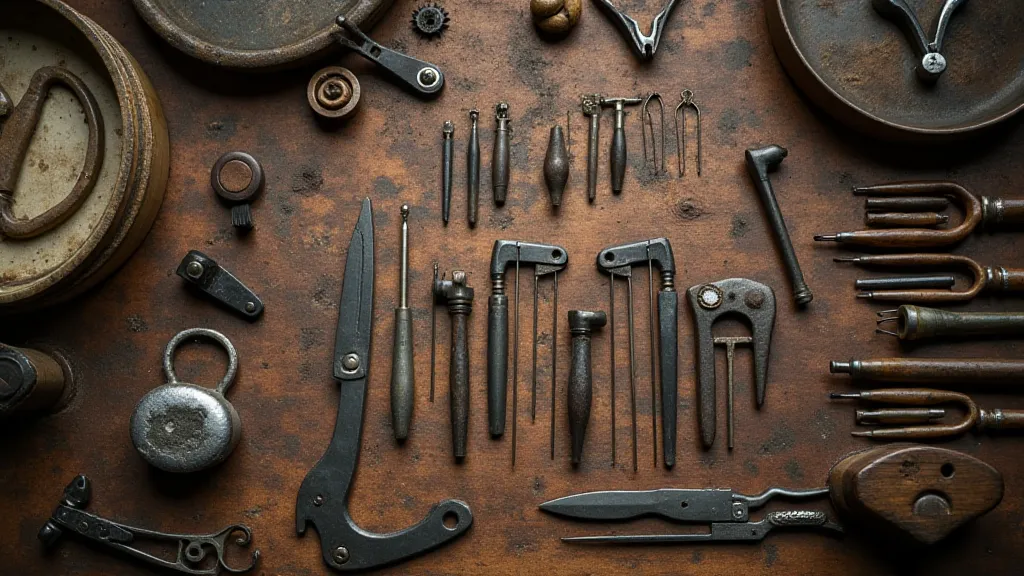
The Challenges: A Unique Perspective
While the parallels are striking, there are also unique challenges inherent in accordion restoration. The sheer complexity of the instrument is a significant factor. A guitar, while intricate, is comparatively straightforward compared to the hundreds of individual components within an accordion. The bellows, the heart of the instrument, are particularly demanding to repair. Rehydrating old leather, replacing damaged pleats, ensuring proper air-tightness – it’s a skill that requires specialized knowledge and a delicate touch. Considering the impact of humidity on these delicate components is a recurring challenge, and it’s one area where meticulous record-keeping and a deep understanding of materials science become invaluable.
Furthermore, the abundance of specialized parts makes sourcing replacements difficult. Unlike guitars, where generic parts are often available, accordion parts are frequently unique to specific models and years. This often necessitates improvisation, fabrication, and a willingness to experiment. But even in these moments of improvisation, the principles of craftsmanship remain paramount. The goal is not simply to replace a broken part, but to do so in a way that is sympathetic to the original design and maintains the integrity of the instrument. Finding those orphaned keys that define an accordion’s voice and character is often a frustrating but rewarding journey, demanding creativity and resourcefulness.
Collecting and Preservation: An Intertwined Responsibility
My experience bridging these two crafts has also shaped my perspective on collecting. It's not enough to simply acquire beautiful instruments; it's crucial to understand their needs and provide for their long-term preservation. Collecting vintage accordions, like collecting any antique instrument, is a responsibility. It's about ensuring that these pieces of musical history are not lost to neglect or improper care. The care and handling of these instruments directly impacts their long-term viability, and the larger cultural understanding of their importance.
Educating yourself about the specific needs of different models, seeking advice from experienced restorers, and investing in proper storage conditions – these are all essential steps for any serious collector. And just as importantly, understanding the value of ethical restoration is key. Preserving as much of the original material and construction techniques as possible ensures that the instrument's historical significance is maintained. The impact of the choices we make as custodians of these instruments shapes their future and the narratives we can pass on, and it requires a sensitivity to the larger picture that extends beyond mere mechanical repair.
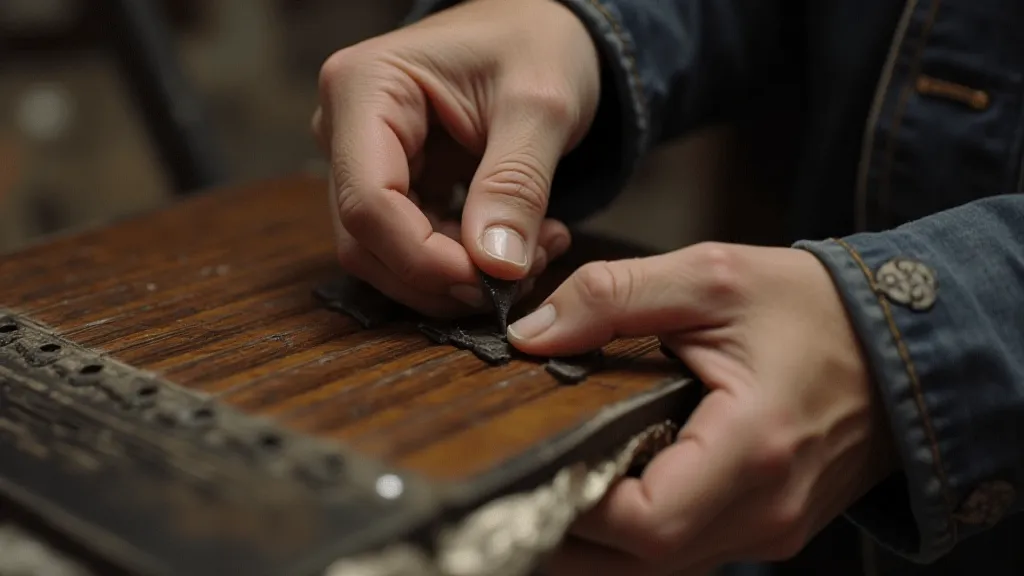
A Continuing Legacy
The journey from guitar restoration to accordion repair has been profoundly enriching. The skills are transferable, the principles are universal, and the emotional connection is deeply rewarding. It’s a reminder that craftsmanship transcends specific instruments, that the principles of artistry and preservation are timeless. And as I continue to work on these magnificent machines, I’m constantly reminded of the responsibility that comes with honoring their legacy – to ensure that the music continues to resonate for generations to come. The kinship between the luthier and the accordion restorer – it’s a bond forged in the pursuit of preserving musical history. The nuanced craft of identifying the origins of an antique accordion often relies on the detective work of a skilled researcher, piecing together clues from markings, materials, and construction methods - a skill requiring a comprehensive understanding of regional variations, a topic examined in further detail in The Cartographer's Map: Identifying Regional Variations in Antique Accordion Design.
